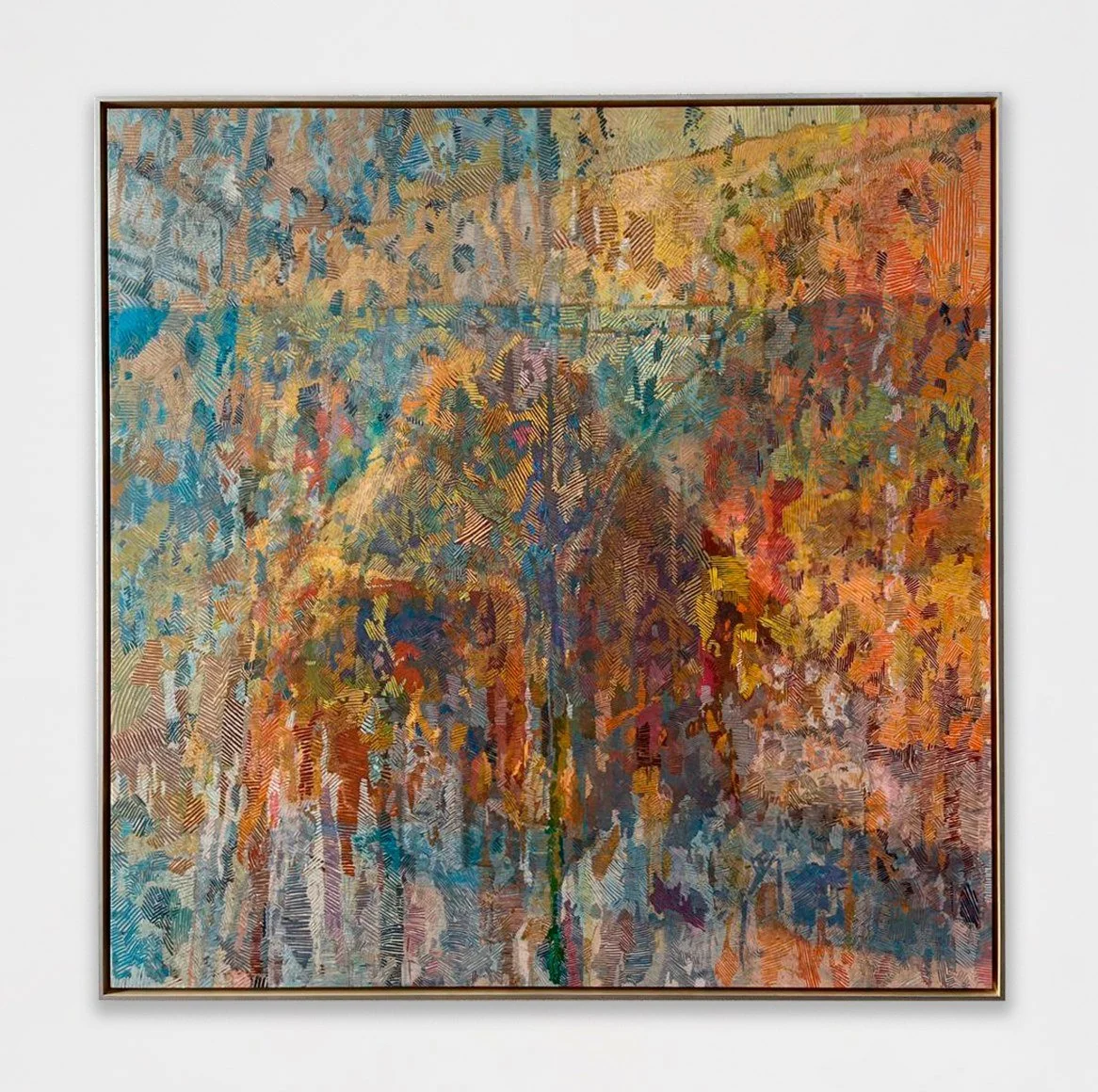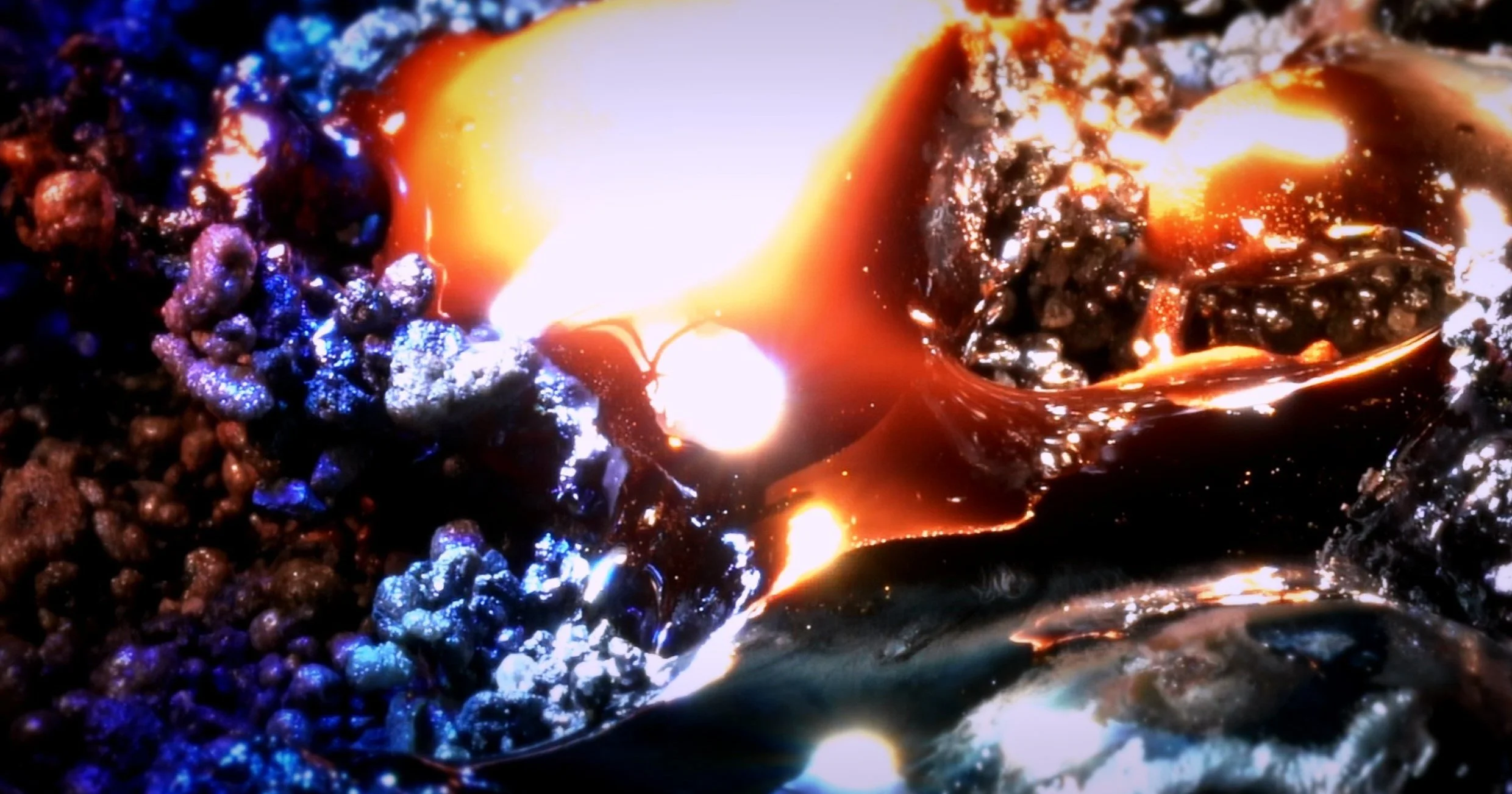Pae White
February 24 – April 26, 2026 | Hauser & Wirth, Los Angeles
Pae White and Brian Eno
Oblique Strategies, 1996
Printed cards in Corian container
4 × 11 × 9 in. (10.2 × 27.9 × 22.9 cm)
Norton Family Christmas Edition
Renowned for her generosity to artists and institutions, Eileen Harris Norton has built a collection and philanthropy actively focused upon the work of women, artists of color and her native California. Marking fifty years since Harris Norton’s first acquisition—a print purchased directly from Los Angeles artist Ruth Waddy in 1976—‘Destiny Is a Rose’ presents more than 80 works that together reflect Harris Norton’s prescient vision and commitment to social justice and learning.
Titled after a painting by Kerry James Marshall, ‘Destiny Is a Rose’ includes work by such artists as Mark Bradford, Felix Gonzalez-Torres, David Hammons, Glenn Ligon, Marshall, Lorraine O’Grady, Adrian Piper, Betye Saar, Lorna Simpson, Kara Walker, Carrie Mae Weems and Jack Whitten, among others. In conjunction with ‘Destiny Is a Rose,’ Hauser & Wirth Publishers will release a catalogue featuring texts by Dr. Kellie Jones and curator Ingrid Schaffner, celebrating a collector who continues to be an agent of cultural change and growth.




















